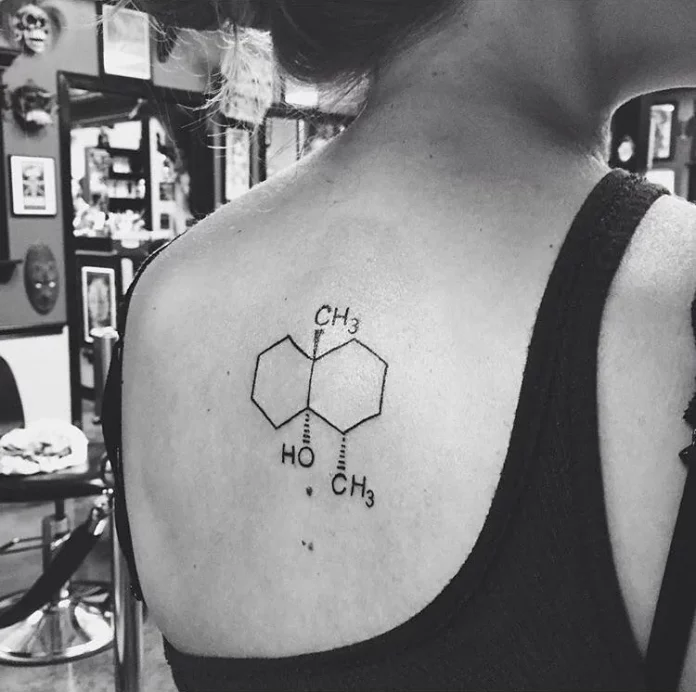Geosmin—the word alone might not mean much to consumers, but for land-based salmon farmers, it’s an ever-present challenge.
This naturally occurring compound is what gives soil its earthy aroma after rainfall, but when it finds its way into recirculating aquaculture systems (RAS), it gives salmon an unpleasant musty taste. It’s not harmful to human health, but in an industry where quality and taste define the product, an off-flavour can make all the difference.
This naturally occurring organic molecule (C₁₂H₂₂O) is a bicyclic alcohol produced by soil-dwelling actinobacteria and cyanobacteria, which also thrive in the warm, nutrient-rich environments of closed water systems. Salmon absorb it through their gills and skin, and since human taste buds are incredibly sensitive to even tiny traces of the compound, it’s a problem that can’t be ignored. For land-based producers, the challenge isn’t just farming the fish—it’s ensuring they taste as clean and fresh as their ocean-raised counterparts.
The solution? Purging periods before harvest, where salmon are placed in clean, geosmin-free water for several days or weeks to let the compound naturally clear from their system.
Some producers also rely on biofilters and activated carbon treatments to remove geosmin from the water, while others focus on controlling biofilm buildup to prevent the bacteria from taking hold in the first place.
But even with these precautions, geosmin is a recurring issue for RAS operators. Nordic Aqua, was out of the market for six months last year due to geosmin problems—proof that even well-funded, high-tech systems aren’t immune. The company now claims to have solved the issue, but the battle against geosmin is far from over.
So next time you breathe in that rain-fresh air, remember—it’s the same molecule that’s causing headaches for land-based salmon farmers,

